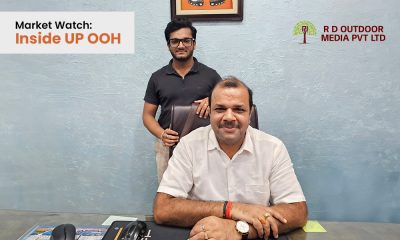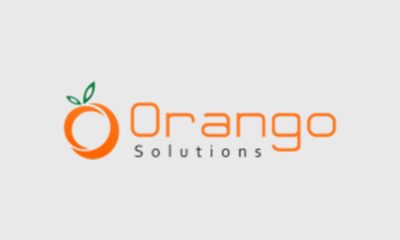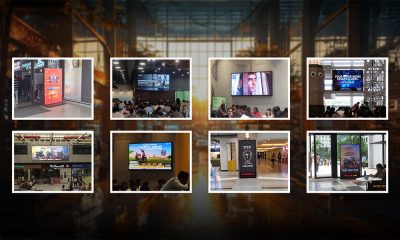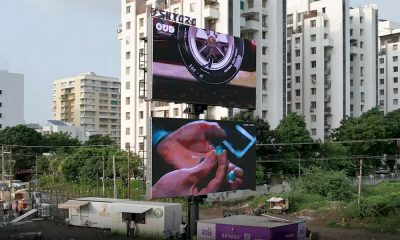Insights
“Growth trends normal for static, a little better for DOOH”
In the next part of Media4Growth’s ongoing Inside UP OOH series, Rajneesh Rawat, Managing Director, Origins Group offers a clear-eyed view of UP’s evolving outdoor landscape.

As part of Media4Growth’s Uttar Pradesh OOH Market Series, Rajneesh Rawat, Managing Director, Origins Group, shares how brands, formats, and demand patterns are shaping the state’s maturing outdoor ecosystem. Rajneesh brings a grounded, market-first perspective — one that acknowledges consistent growth, rising advertiser confidence, and the demographic forces driving visibility across key UP cities.
A market that’s growing steadily, not dramatically
Rajneesh describes Uttar Pradesh’s OOH trajectory as stable, dependable, and guided by consistent advertiser interest. “Growing at a steady pace, nothing exceptional,” he says, emphasizing that UP’s market evolution is not defined by sudden spikes, but by a reliable flow of campaigns across city tiers.
He explains that UP’s strength lies in sustained demand from a large and diverse advertiser base. With rising urban mobility and year-round activity across commercial, cultural, and political segments, the state’s outdoor media continues to hold its ground as a high-impact option for brands.
Cities driving the visibility
For Rajneesh, the cities leading UP’s OOH momentum are those with growing middle-class influence and higher discretionary spending. “Lucknow, Allahabad, Varanasi, Kanpur, Noida, and Ghaziabad are in top demand due to an affluent middle class with higher disposable income,” he notes.
These cities combine strong commuter traffic, expanding infrastructure, and concentrated brand competition — making them prime markets for outdoor advertising. Rajneesh highlights that this demographic profile directly fuels OOH demand, with brands vying for visibility in zones of rising consumption.
Growth patterns: Digital rising, static steady
While the scale of OOH growth varies by format, Rajneesh observes a clear trend: “Growth trends are average or normal in static, but a little better on digital OOH.”
Static media continues to dominate sheer volume, but digital formats are gradually gaining ground as more cities adopt LED screens and modernize their inventories.
He notes that DOOH adoption is no longer limited to metros — Tier 2 and Tier 3 cities within UP have also begun integrating screens, indicating a wider acceptance of digital visibility. The shift may be incremental, but it is unmistakably underway.
Formats capturing attention
Billboards still form the backbone of UP’s outdoor advertising, and Rajneesh affirms this dominance. “Billboards and digital screens are seeing the most traction,” he says, pointing to a hybrid ecosystem where traditional and digital formats coexist.
Large-format static sites remain essential for brand reach, while digital screens offer dynamism and relevance in high-traffic corridors. This dual-format strength, he believes, defines UP’s current stage of transition.
Who’s spending — and why
Rajneesh outlines a broad range of advertisers driving UP’s outdoor economy. Underscoring the market’s versatility. “It’s a mix of housing, retail, paan and ilaichi products, government” he says.
From high-value real estate launches to mass-market FMCG products and public awareness campaigns, the state sees a diversified demand curve that keeps the OOH ecosystem active throughout the year.
Looking ahead
Rajneesh believes that Uttar Pradesh’s OOH growth may not be dramatic, but it is assured — built on consistent advertiser demand, demographic strength, and gradual digital evolution. As infrastructure expands and more cities unlock new visibility zones, the state’s outdoor landscape is poised for deeper scale and sophistication.























